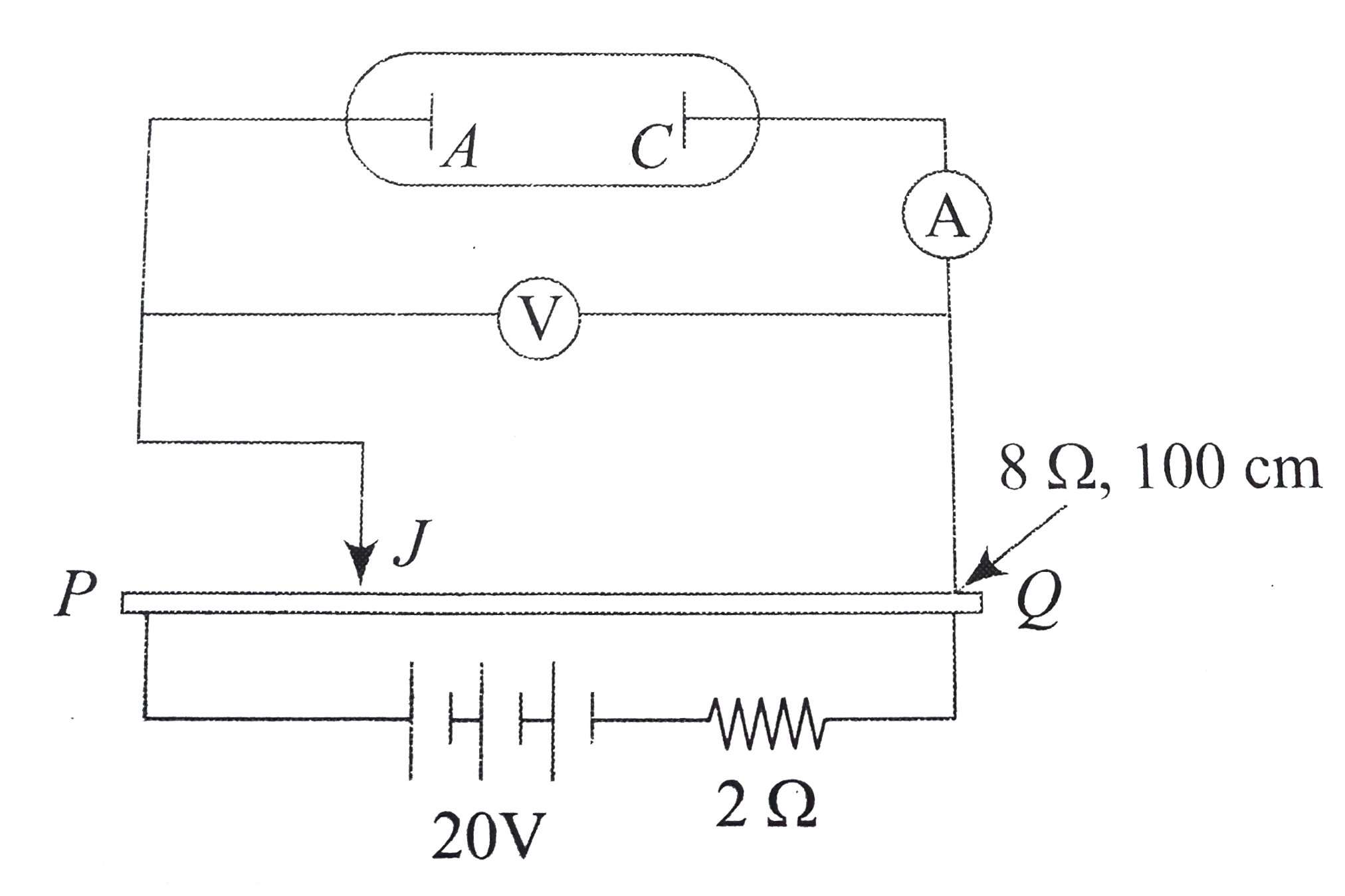A
B
C
D
Text Solution
Verified by Experts
The correct Answer is:
|
Topper's Solved these Questions
PHOTOELECTRIC EFFECT
CENGAGE PHYSICS ENGLISH|Exercise Integer|9 VideosView PlaylistPHOTOELECTRIC EFFECT
CENGAGE PHYSICS ENGLISH|Exercise Single Correct Answer Type|7 VideosView PlaylistPHOTOELECTRIC EFFECT
CENGAGE PHYSICS ENGLISH|Exercise Multiple Correct|10 VideosView PlaylistNUCLEAR PHYSICS
CENGAGE PHYSICS ENGLISH|Exercise ddp.5.5|14 VideosView PlaylistRAY OPTICS
CENGAGE PHYSICS ENGLISH|Exercise DPP 1.6|12 VideosView Playlist
Similar Questions
Explore conceptually related problems
CENGAGE PHYSICS ENGLISH-PHOTOELECTRIC EFFECT-Linked Comprehension
- Light of intensity I falls along the axis on a perfectly reflecting ri...
03:35
|
Play - Light of intensity I falls along the axis on a perfectly refleccting r...
05:35
|
Play - An experimental setup of verification of photoelectric effect is shown...
04:31
|
Playing Now - An experimental setup of verification of photoelectric effect is shown...
05:17
|
Play - An experimental setup of verification of photoelectric effect is shown...
05:01
|
Play - An experimental setup of verification of photoelectric effect is shown...
05:25
|
Play - An experimental setup of verification of photoelectric effect is shown...
03:52
|
Play - Light having photon energy hupsilon is incident on a metallic plate ha...
04:37
|
Play - Light having photon energy hupsilon is incident on a metallic plate ha...
04:13
|
Play - Light having photon energy hupsilon is incident on a metallic plate ha...
04:53
|
Play - When light of sufficiently high frequency is incident on a metallic su...
02:35
|
Play - When light of sufficiently high frequency is incident on a metallic su...
05:54
|
Play - When light of sufficiently high frequency is incident on a metallic su...
02:06
|
Play - The energy reveived from the sun by the earth and surrounding atmosphe...
03:13
|
Play - The energy reveived from the sun by the earth and surrounding atmosphe...
02:26
|
Play - The energy reveived from the sun by the earth and surrounding atmosphe...
03:13
|
Play - When a high frequency electromagnetic radiation is incident on a metal...
04:21
|
Play - When a high frequency electromagnetic radiation is incident on a metal...
02:45
|
Play - When a high frequency electromagnetic radiation is incident on a metal...
04:21
|
Play - A Cs plate is irradiated with a light of wavelength lamda=(hc)/(phi),p...
04:32
|
Play
